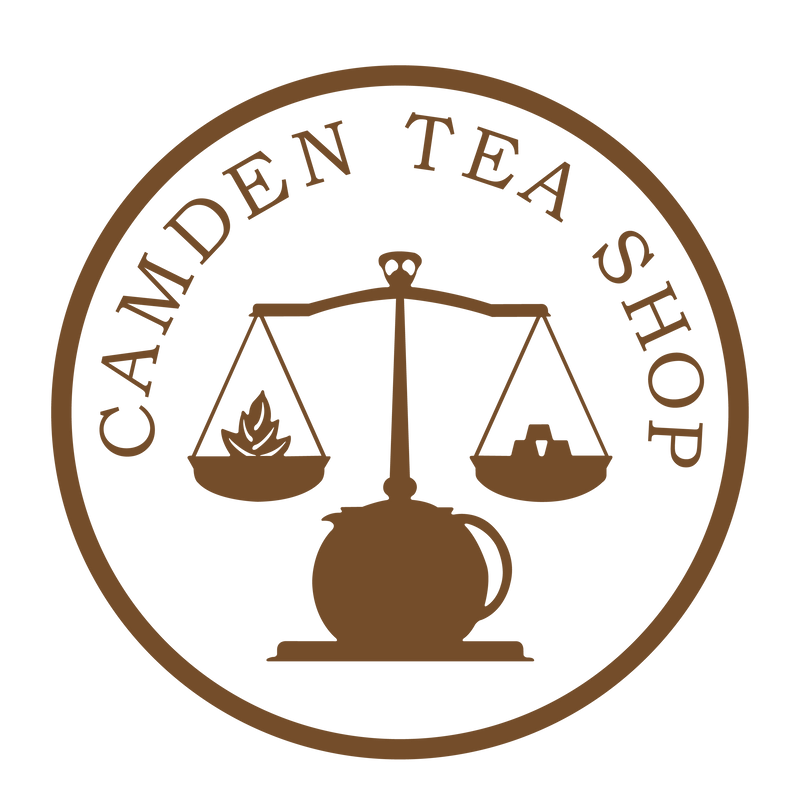The Difference between Darjeeling and Assam Teas

Tea is the most-consumed beverage worldwide. It has become a staple in breakfast and is loved by many people owing to its strong and delectable taste. The British initially brought tea to the Subcontinent, and since then, the locals have started growing and brewing different types of tea. Whilst England loves a classic builder’s tea – at Camden Tea Bar, we are connoisseurs of all types and today we’re talking Darjeeling and Assam!
Assam and Darjeeling Teas are named after the regions in which they are grown. Although Assam and Darjeeling lie next to each other, vast differences exist between the aroma, color, and taste of teas in the two regions due to cultivation methods.
Let us examine the in-depth distinction between Assam and Darjeeling Teas. If you wanted to taste the difference for yourself, you can purchase premium quality Assam and Darjeeling Teas from Camden Tea Shop.
Region
Assam lies in the lowlands of northeast Bengal, whereas Darjeeling lies in the highlands on the foothills of the Himalayas. Assam has a climate similar to South East Asia. It receives lots of rainfall throughout the year and features rich soil with hot temperatures.
The soil of Assam is clayish due to the Brahmaputra river valley. A total of 800 tea estates in Assam produce the Assamica variety.
The favourable climatic conditions of Assam make it the number one tea-producing region. That is why most of the Indian tea is cultivated in Assam.
On the other hand, Darjeeling features harsher weather with a colder climate which slows down tea production. It is cultivated on the slopes of Kanchenjunga Peaks, which do not receive much rainfall. More than 80 tea estates cultivate Darjeeling Tea, which is demanded by people across the globe.
Flavour
Assam tea has a dark brownish colour, whereas Darjeeling tea has a slight greenish tinge. Assam tea has a strong and nutty taste and is recommended to drink with milk and sugar. The climate of Darjeeling infuses a strong and spicy flavour in Darjeeling tea, due to which it is recommended to drink it without milk or sugar.
Given its unique taste, the Tea Board of India describes Darjeeling's flavour as "delicate muscatel" and calls it the champagne of teas.
Harvest Seasons
Assam has two harvest seasons (first flush and second flush), whereas Darjeeling has four harvest seasons. (First flush, second flush, third flush, and autumn flush)
Assam's first flush begins in March, and the teas have a fresh flowery character with golden colour. Assam's second flush begins in May, and the teas have a stronger and spicy character with dark brown hues. The second flush teas are more popular and are also known as the Tippy Tea due to the golden tips on the leaves.
Darjeeling's first flush begins in March and April, and the teas have a delicate and flowery character. Darjeeling's second flush starts in May and June, and the teas have a mature appearance with fruity and muscatel flavour.
Availability
Since Assam receives extensive rain throughout the year, it produces tea all year round. Also, Assam has a wider region than Darjeeling. Therefore, it produces more tea. On the other hand, Darjeeling has a shorter area and colder climate, producing less tea annually. Also, Assam is generally cheaper than
Darjeeling due to its availability. The Camden Tea Shop teas have exceptional taste and finest quality, which makes them one of the best teas.
Tea Leaf Grading
After drying the teas, a considerable difference exists in their shape and size. It is essential to separate them based on their appearance to make brewing easier. Different grades are used to identify teas, such as:
- OP/Orange Pekoe: This is the basic grade given to black Teas.
- FOP/Flowery Orange Pekoe: A grade given to larger tea leaves plucked from new shoots.
- GFOP/ Golden Flowery Pekoe: GFOP indicates the golden tip of the tea buds.
- TGFOP/Tippy Golden Flower Orange Pekoe: It indicates the number of golden tips present in the tea.
- FTGFOP/Finest Tippy Golden Orange Pekoe: This is a grade given to exceptionally fine teas of premium quality.
- SFTGFOP/Special Finest Tippy Golden Orange Pekoe: This grade indicates that the tea is very rare.
Conclusion
Both Assam and Darjeeling Teas are good in their domain. People who like strong and nutty taste prefer Assam tea, whereas people who like a spicy taste prefer Darjeeling tea. Myself, and many other tea fans, appreciate both!
Contact Camden Tea Shop
If you are interested in purchasing Assam and Darjeeling Teas, visit Camden Tea Shop.
